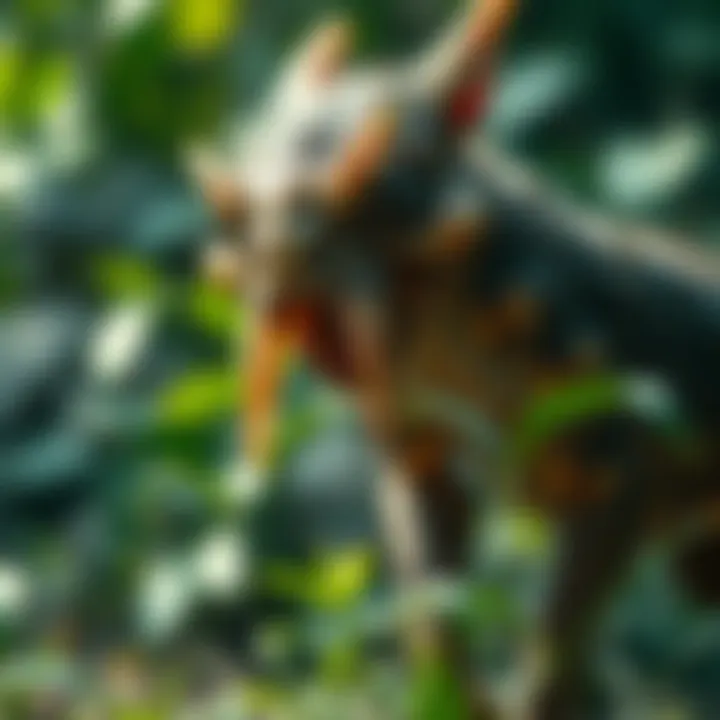Strange Creature Caught on Camera in Brazil | Online Buzz Grows
Edited By
Dr. Amelia Hawthorne

A recent video from Brazil has ignited debates among people online after reporting a strange creature caught on CCTV. Skepticism runs high as critics dismiss the footage as misleading, raising questions about the authenticity of the footage and the technology behind it.
Comments Fuel Debate
Many contributors on forums express doubts regarding the clarity of the video. One comment reads, "I don’t know any CCTV that can zoom in that far with that much clarity." Another insight challenges the feasibility with, "The image is made of pixels, and you can't get info off one low-resolution pixel." This highlights a potential tech misunderstanding among viewers, complicating the discussion.
The identity of the creature remains unclear, which exacerbates the skepticism. Commenters labeled the video as clickbait, asserting that the original image looked questionable. This can suggest a trend where sensationalism outweighs factual storytelling in online media.
The Growing Controversy
As the conversation develops, it’s evident there are several key themes permeating the discussions:
Skepticism About Video Quality: Many wonder how a CCTV camera could capture such detail.
Origin of the Footage: Users are questioning where the original video came from and if it was manipulated.
Clickbait and Misinformation: A number of people labeled the report as clickbait, putting the reliability of the footage in doubt.
“The original image looked fake,” pointed out one user, reflecting the sentiment found across multiple comments.
Sentiment Patterns
Dominantly Negative: The majority of comments reflect skepticism and distrust regarding the footage.
Mixed Opinions on Technology: Some argue about the limitations of the tech behind CCTV footage, while others support the possibility of advanced tech usage.
Controversy Over Authenticity: The ongoing debate reveals a mix of fears about misinformation circulating online.
Key Insights
△ Critics call the footage "clickbait" and unreliable.
▽ Most people raise questions about tech limitations in CCTV systems.
※ "It's just impossible to gather data from low resolution," argues a notable comment.
As the story unfolds, it's crucial for people to scrutinize such materials critically. Amid rising distrust in media, clarity and context remain vital to deciphering the truth behind bizarre claims and strange sightings.
What's Next for the Strange Creature Debate?
There’s a strong chance that the increasing skepticism surrounding the creature footage could lead to further investigations by independent researchers and tech experts. As people demand clearer evidence, local authorities may feel pressured to release deeper insight into the origins of the video and the credibility of the technology involved. With the current level of interest, a debate could emerge in professional circles about the ethics of presenting such footage to the public, with experts estimating around a 70% probability that we'll see a formal response aimed at addressing public concern. Additionally, the clip might inspire similar sightings, prompting a surge in uploads of other purported creature encounters across social media and forums.
Reflections from History: The Great Moon Hoax
In the 1830s, the "Great Moon Hoax" captivated readers with tales of life on the moon, igniting similar skepticism and intrigue as seen today with the creature footage. What began as a series of fabricated reports wrapped in sensationalism pushed the boundaries of journalism, paralleling current discussions about misinformation in media. Just as the public was divided between disbelief and fascination over the moon's inhabitants, today’s audiences grapple with the tension between accepting extraordinary claims and the pressing need for genuine accountability in what they consume. This historic instance reflects a recurring cycle in the narrative of public curiosity and mistrust, underscoring how society wrestles with fact versus fiction.
